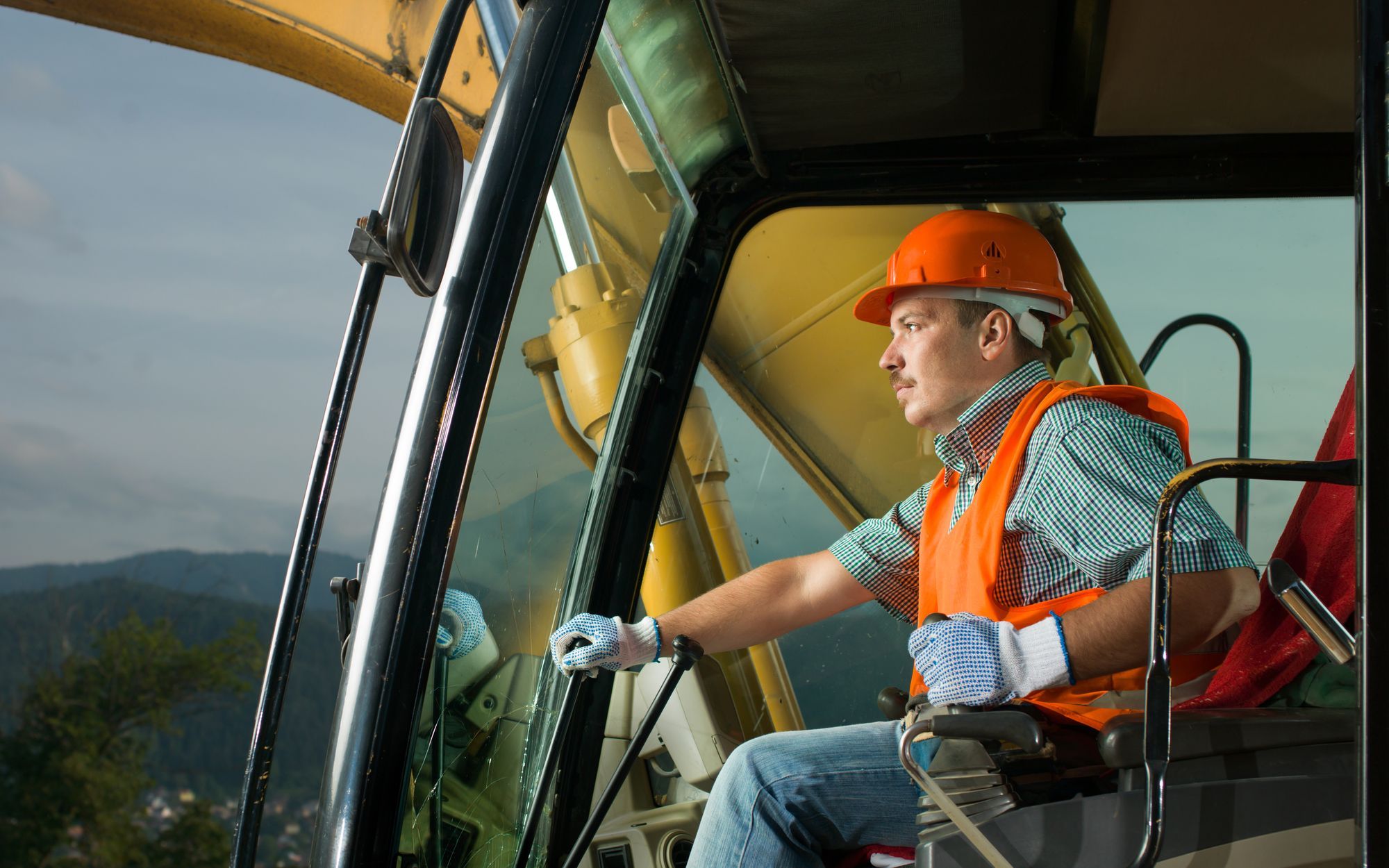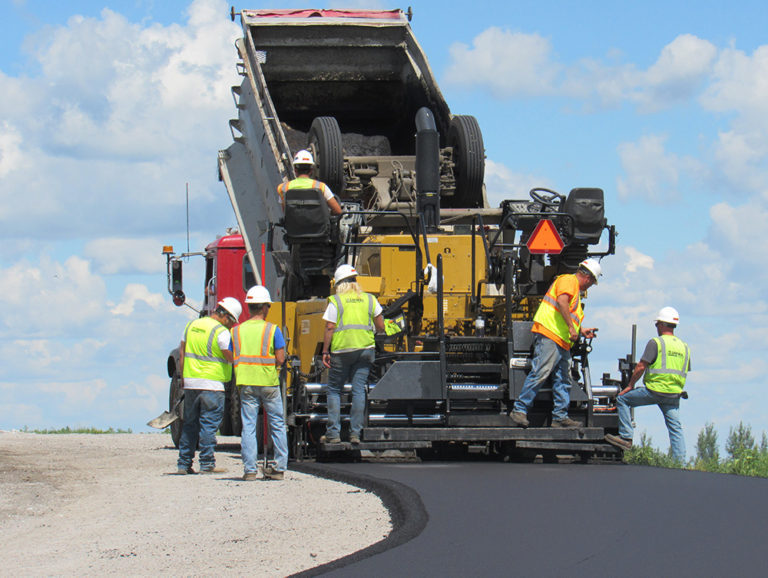It wasn’t so long ago that technology in construction equipment training meant PowerPoints and videos. But the technology in today’s equipment is highly connected, and the ability to analyze equipment usage in real-time also influences the way training is delivered. Among the biggest influences on construction equipment training today are simulation, automation, data analysis, augmented reality and smartphones.
Fleet management principles of predictive analytics also apply to operator training. In fleet management, GPS and telematics technology can provide feedback on bucket positioning or fill rates to improve duty cycles. In some cases, those operations are partially automated.
This is already having an impact on how progressive training is being delivered. Case in point: Some simulators can teach advanced dozer techniques. For instance, a material spreading exercise teaches operators how to operate in a complex work environment where they must focus on dump truck positioning as well as materials management. Real-time metrics captured by the simulator can indicate areas for improvement, whether in real-time or as part of an after-action review session with the trainer.
Likewise, modern construction equipment is designed with heads-up displays and systems-monitoring controls. Equipment manufacturers are using simulation-based software as a testbed for how equipment can better dialog with operators in the seat. They are using the technology to better understand operator interaction, comfort and safety.
With the advent of big data analysis, modern simulators can assess and predict the impact of individual operator actions on machine efficiency. This information typically provides the shortest, most effective path to skills acquisition. When a simulator’s intrinsically unbiased feedback is considered, the operator training experience becomes measurably more productive.
This is especially true with simulators that give training organizations the ability to “tune” the simulator to indicate which operating characteristics are most important to them. The ability to remove bias and teach skills in a consistent manner is why simulators are already now being used for operator performance or certification exams. In the future, there will likely be training paths that are customized to individual operator learning profiles.
Meanwhile, with modern technology, there is no longer any reason for learning to remain in the classroom. As augmented reality (AR) becomes more widely adopted, there are many opportunities for on-the-job training. By using AR glasses to superimpose digital information on the environment, an equipment operator can train onsite hazards and setup procedures, shift start-up equipment inspection or machine troubleshooting, or even practicing an operation before starting up the equipment. Consider the ability to overlay a digital lift plan for a crane using AR to make sure the plan matches the current jobsite conditions.
Finally, ever-present phones are perhaps the most important technology to influence equipment operator training by providing immediate access to learning tools. The simple fact of their mobility makes them powerful for job site training. Many people have searched out a YouTube video to demonstrate how to do something in our everyday lives—such as troubleshooting a computer software issue or how to do a home maintenance project? The same is true for equipment operators.
In the meantime, training service providers are already developing and publishing dedicated training apps designed to focus on just about any aspect of training, ranging from site inspection and operations planning to machine operations.
The learning opportunities are limitless and everywhere. Today’s operating engineers can carry the equivalent of hundreds of libraries in their hip pocket, giving them more access to important information than any other generation has ever had. This knowledge is moving in lockstep with the growing complexity of today’s construction technology and, as time goes on, it is more and more accurate to think of today’s operator as tomorrow’s system engineer.






